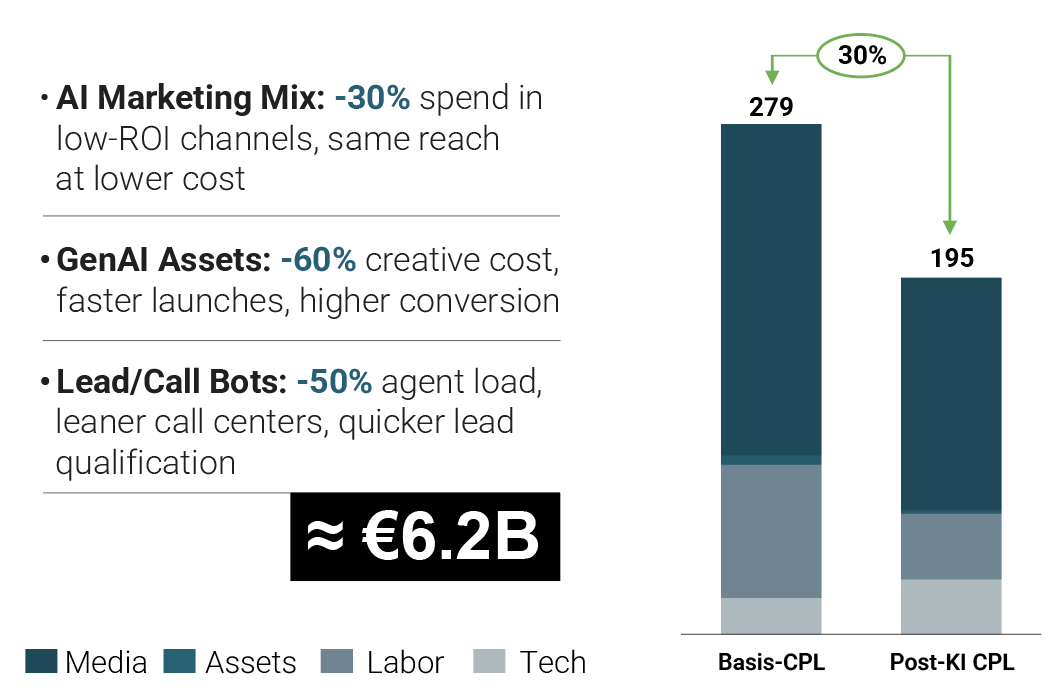
Podcast: Autobilzulieferer und Verteidiung: Ploughshares Into Swords
Wir sprechen über die Überschneidungen und Möglichkeiten der Automobilindustrie im Bereich stetig wachsender Verteidigungsausgaben.
Gäste sind Stefan Schneeberger (Associate Partner) und Christian Leber (Partner)


